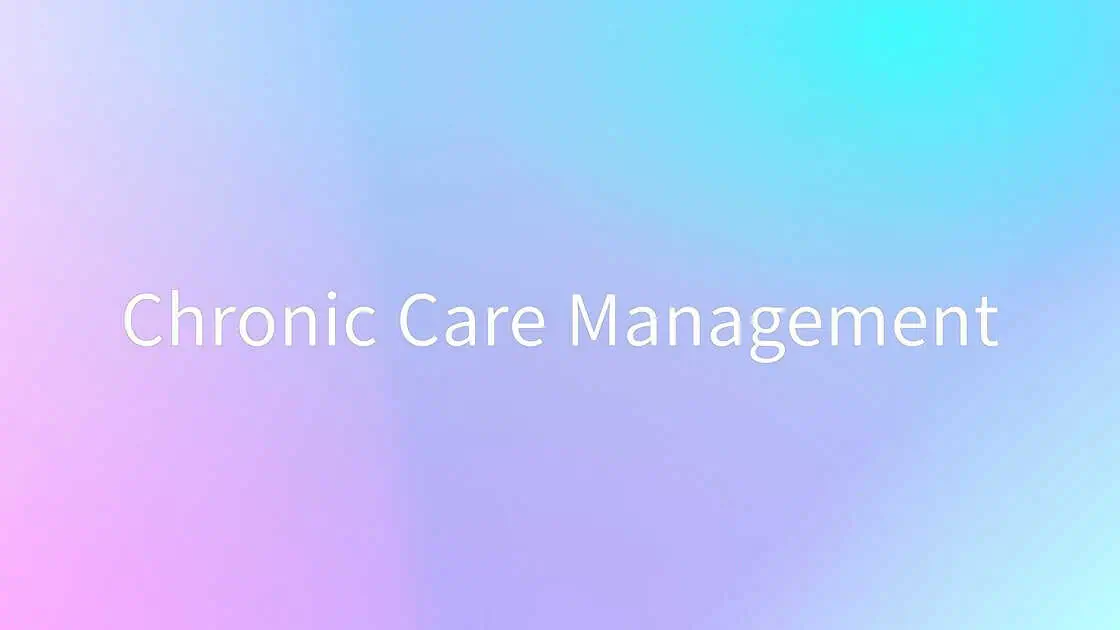Table of Contents
In the age of rapid technological advancements, one sector that has witnessed a transformative shift is healthcare. Telemedicine, a groundbreaking innovation, has emerged as a beacon of hope, bridging the gap between patients and healthcare providers. As we delve into modern healthcare solutions, it’s crucial to unravel the mysteries behind Telemedicine, its workings, and its key challenges in this ever-evolving landscape.
Unveiling Telemedicine: A Glimpse into the Future of Healthcare
At its core, Telemedicine is a revolutionary healthcare delivery system that leverages digital communication technologies to connect patients with healthcare professionals remotely. This groundbreaking approach transcends geographical barriers, offering a lifeline to those facing challenges accessing traditional healthcare services. Through the power of telecommunication, patients can consult with doctors, receive diagnoses, and even remotely monitor their health conditions—all from the comfort of their homes.
How Does Telemedicine Work?
Telemedicine operates on a simple yet powerful concept—connecting patients and healthcare providers through virtual channels. Here’s a step-by-step breakdown of how this futuristic healthcare solution operates:
Patient Registration:
- Individuals register with a telemedicine platform, providing essential information about their medical history and current health concerns.
Appointment Scheduling:
- Patients schedule virtual appointments with healthcare professionals through the telemedicine platform.
Virtual Consultation:
- Patients and doctors engage in a live, video-enabled consultation during the scheduled appointment. Patients can discuss symptoms, ask questions, and receive real-time medical advice.
Digital Prescriptions and Follow-ups:
- Based on the virtual consultation, healthcare providers can issue digital prescriptions and recommend further diagnostic tests if necessary. Follow-up appointments can also be scheduled seamlessly.
Remote Monitoring:
- Telemedicine allows for remote monitoring through wearable devices or at-home health kits for chronic conditions or ongoing treatment. This enables healthcare providers to track patients’ vital signs and adjust treatment plans accordingly.
The Key Challenges in Telemedicine
While Telemedicine holds immense promise, it has its set of challenges. Navigating these hurdles is crucial for unlocking the full potential of this transformative healthcare solution.
Technological Barriers:
- Only some people have access to high-speed internet or the latest digital devices. Rural areas and underserved communities may face technological barriers, hindering their ability to engage in telemedicine services fully.
Data Security Concerns:
- The exchange of sensitive medical information in the virtual realm raises concerns about data security and privacy. Ensuring robust cybersecurity measures is paramount to building trust among patients and healthcare providers.
Regulatory Compliance:
- Telemedicine operates across various jurisdictions, each with its own set of regulations. Navigating these complex regulatory landscapes can be challenging for healthcare providers, leading to consistency in service delivery.
Digital Literacy:
- The success of telemedicine hinges on patients’ ability to navigate digital platforms. Addressing the digital literacy gap is crucial to ensure that individuals of all ages and backgrounds can benefit from remote healthcare services.
Integration with Traditional Healthcare:
- Seamless integration of Telemedicine into existing healthcare systems is vital for a cohesive patient experience. Challenges may arise in coordinating information between virtual and traditional settings, impacting the continuity of care.
Insurance and Reimbursement Models:
- Establishing clear and standardized insurance and reimbursement models for telemedicine services remains a significant challenge. This aspect is crucial for healthcare providers and patients to embrace Telemedicine as a viable and sustainable solution.
The Future: Overcoming Challenges and Embracing Change
While the challenges in Telemedicine are undeniable, they are not insurmountable. The key lies in collaborative efforts from healthcare professionals, policymakers, technology developers, and the community. By addressing these challenges head-on, we pave the way for a future where Telemedicine is not just a supplementary option but a fundamental pillar of healthcare delivery.
Technology as an Equalizer:
- Initiatives to bridge the digital divide and ensure universal access to high-speed internet and digital devices can significantly reduce technological barriers. Collaborations between tech companies, governments, and non-profit organizations are pivotal in making this a reality.
Strategic Regulatory Frameworks:
- Governments and regulatory bodies must work proactively to establish clear and standardized guidelines for Telemedicine. This includes addressing licensure, liability, and reimbursement issues to create a conducive environment for widespread adoption.
Education and Training Programs:
- Launching comprehensive digital literacy programs will empower individuals to navigate telemedicine platforms confidently. This includes patients and healthcare professionals who need training in virtual healthcare delivery.
Enhanced Data Security Measures:
- Continued investment in cutting-edge cybersecurity technologies is essential to protect patients’ medical data. Establishing stringent protocols and compliance standards will foster trust in telemedicine platforms.
Collaborative Approach:
- Industry-wide collaboration is crucial to integrating Telemedicine seamlessly into existing healthcare systems. This involves developing interoperable systems, fostering virtual and traditional care communication channels, and creating a cohesive healthcare ecosystem.
Advocacy for Insurance Reforms:
- Advocacy efforts must be directed toward establishing transparent insurance and reimbursement models for telemedicine services. This includes working closely with insurance providers to ensure fair compensation for virtual consultations and treatments.
The Telemedicine Advantage: Transforming Healthcare Delivery
As we navigate the challenges of Telemedicine, it’s crucial to shed light on the advantages that make this healthcare revolution a beacon of hope. From enhanced accessibility to improved patient outcomes, Telemedicine brings about a paradigm shift in how we approach healthcare delivery.
Accessibility Redefined:
- Telemedicine eliminates the constraints of geographical distance, bringing healthcare services to the doorstep of individuals in remote or underserved areas. This newfound accessibility ensures that patients can connect with healthcare professionals and receive timely medical attention regardless of location.
Time and Cost Efficiency:
- One of the standout advantages of Telemedicine is its ability to save time and reduce costs for both patients and healthcare providers. Virtual consultations eliminate the need for travel, reducing transportation expenses and the time spent in waiting rooms. This efficiency proves especially valuable in managing chronic conditions that require frequent check-ins.
Timely Intervention and Remote Monitoring:
- Telemedicine empowers healthcare providers to intervene promptly in critical situations. Through remote monitoring, patients with chronic illnesses can be continuously observed, and any deviations from normal health parameters can trigger timely interventions. This proactive approach contributes to better disease management and prevention.
Enhanced Continuity of Care:
- Virtual consultations facilitate seamless communication between healthcare professionals, ensuring a more comprehensive and coordinated approach to patient care. Sharing medical records and treatment plans in real-time enhances the continuity of care, reducing the risk of information gaps in traditional healthcare settings.
Increased Patient Engagement:
- Telemedicine engages patients in their healthcare journey by providing convenient and accessible means of communication. Patients are more likely to actively participate in their treatment plans when they can easily connect with healthcare providers, leading to improved medication adherence and lifestyle changes.
Takeaway
Are you ready to revolutionize the way you approach healthcare? Health and Wellness Medical Services proudly introduces our cutting-edge Telemedicine platform, bringing the best of medical care directly to your fingertips in Charlottesville, VA! Don’t miss out on the future of healthcare—Call Health and Wellness Medical Services to schedule your first virtual consultation. Your well-being is our priority, and with Telemedicine, a healthier tomorrow begins today!








